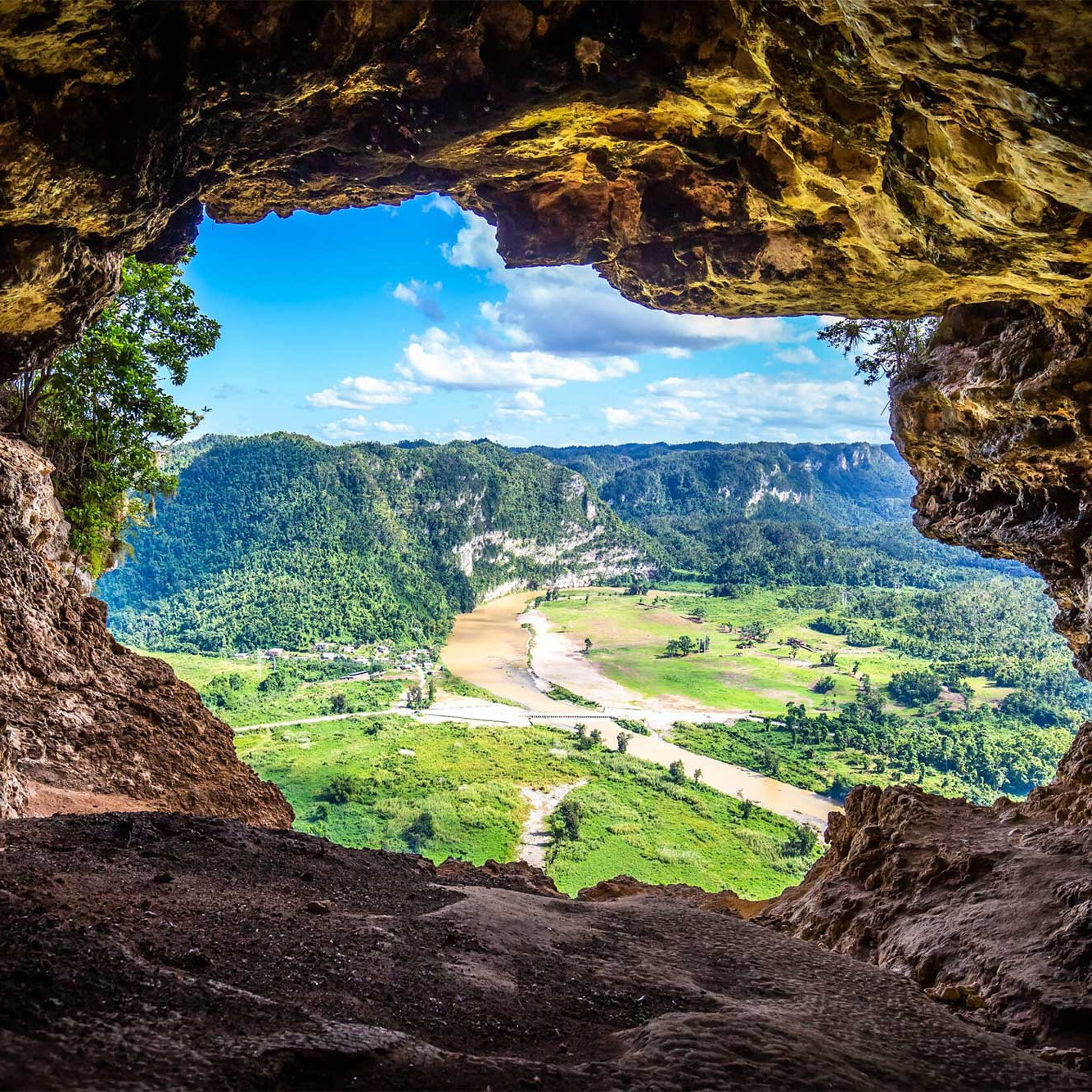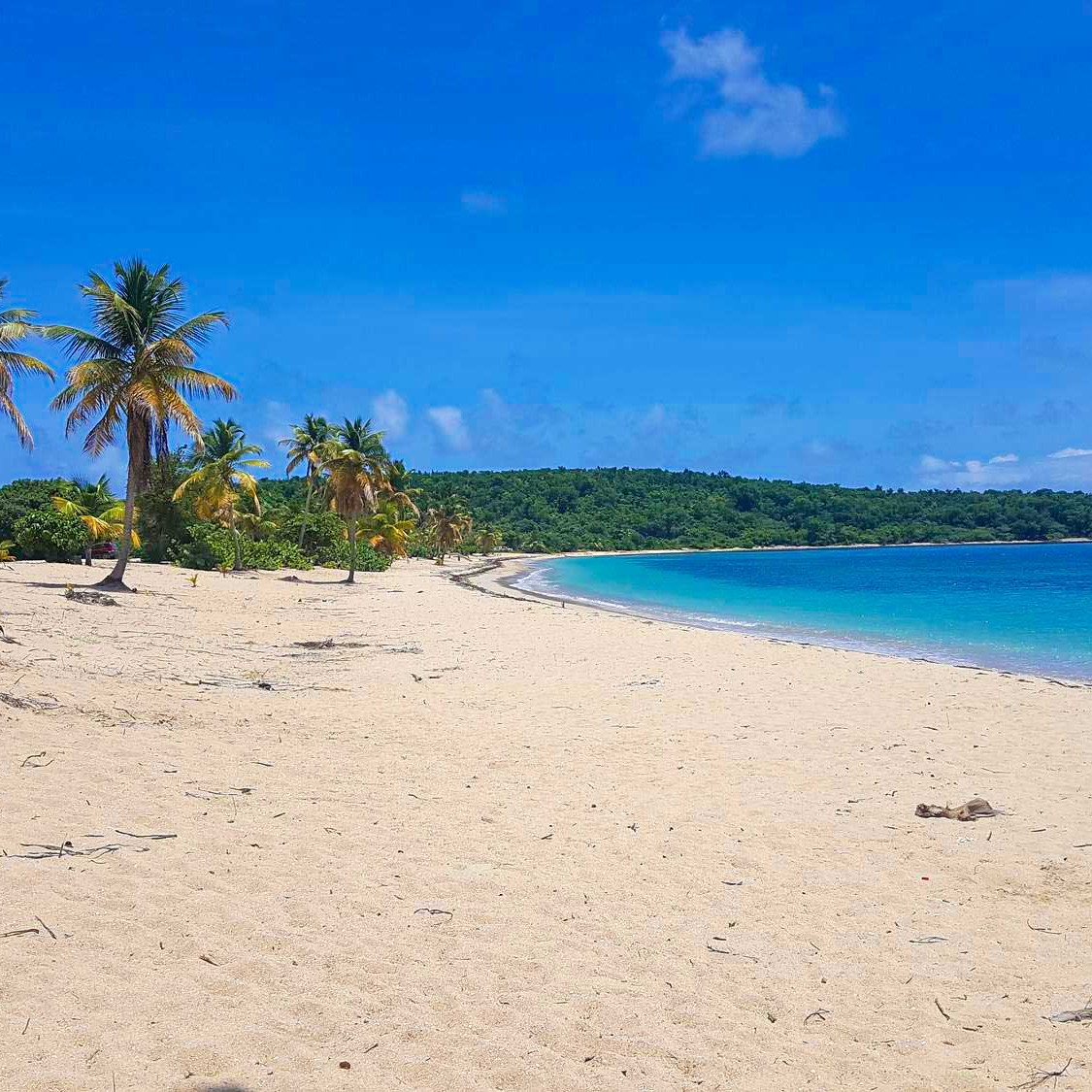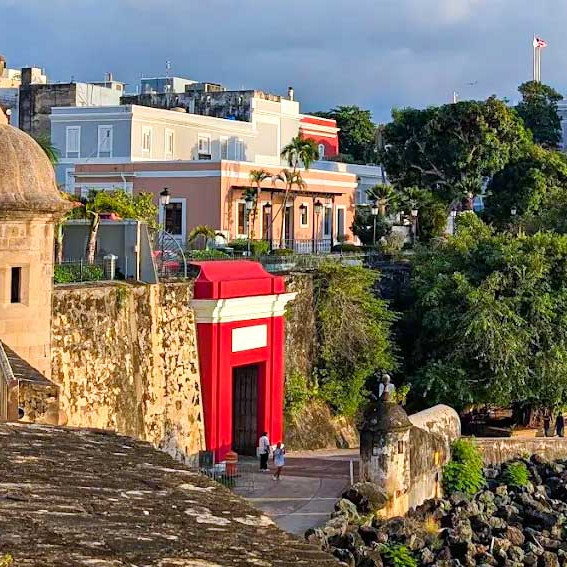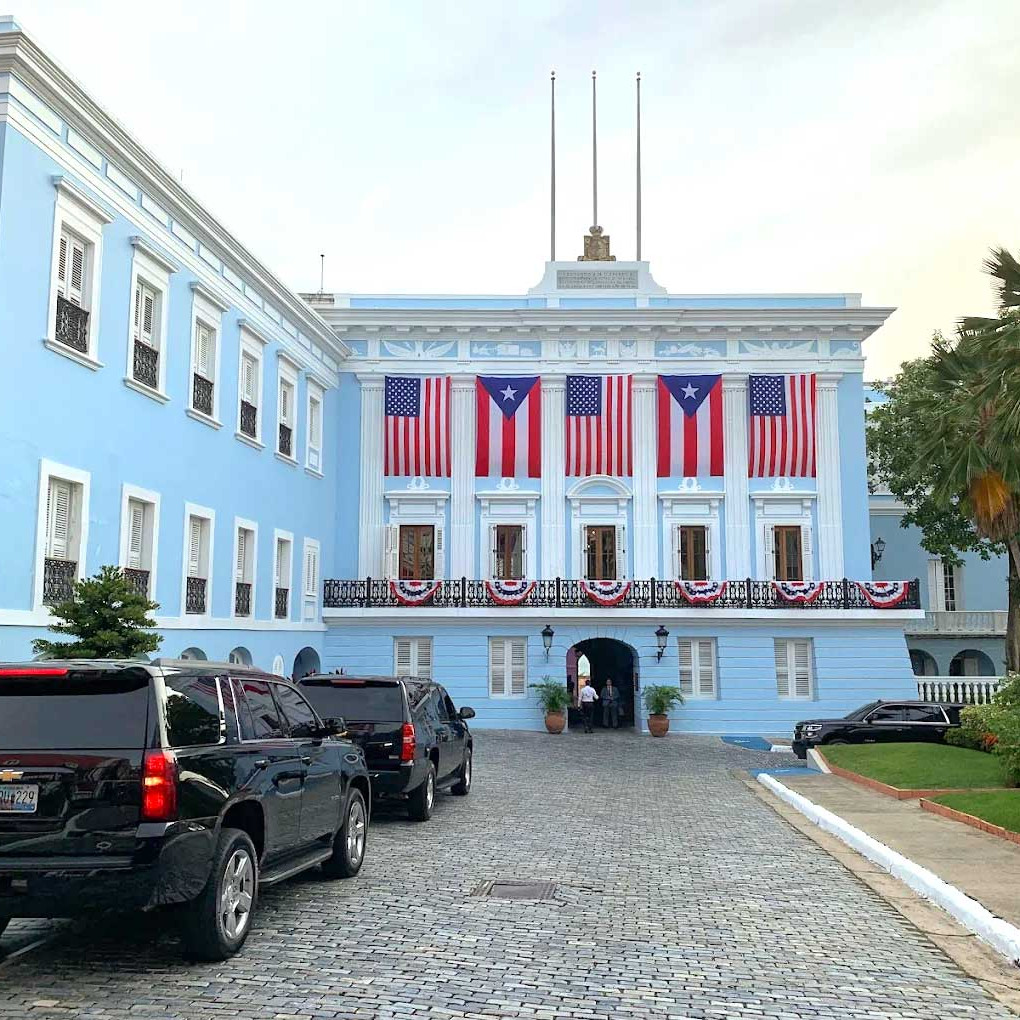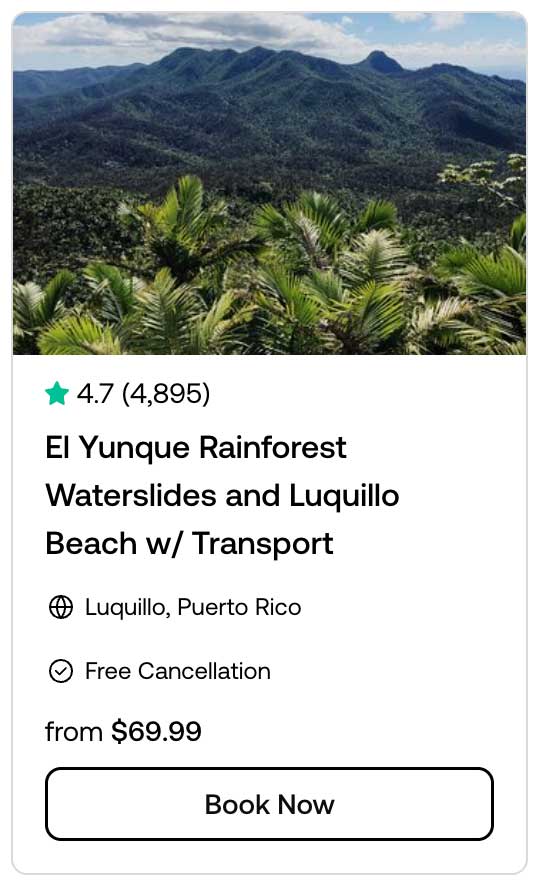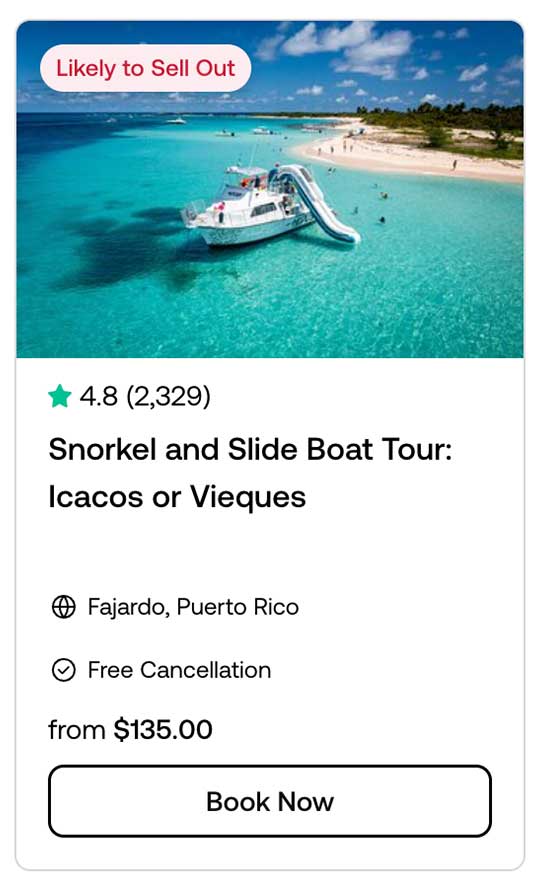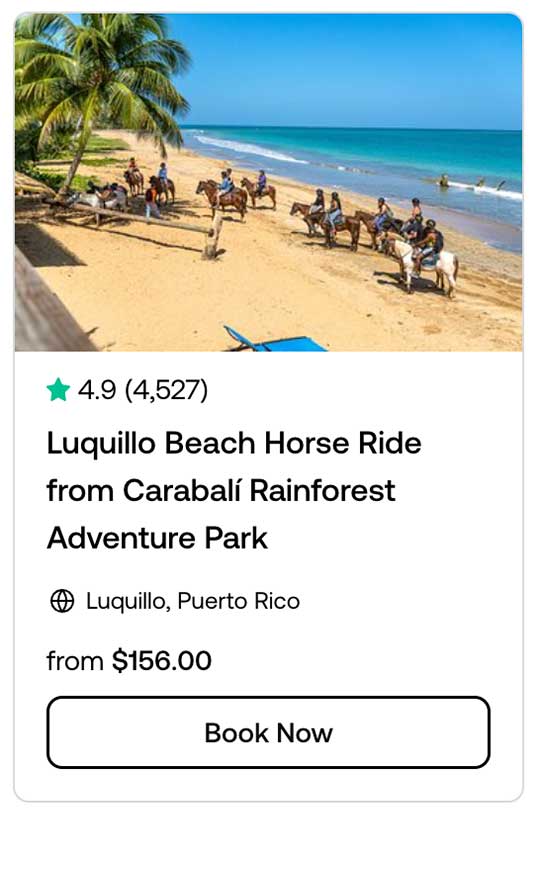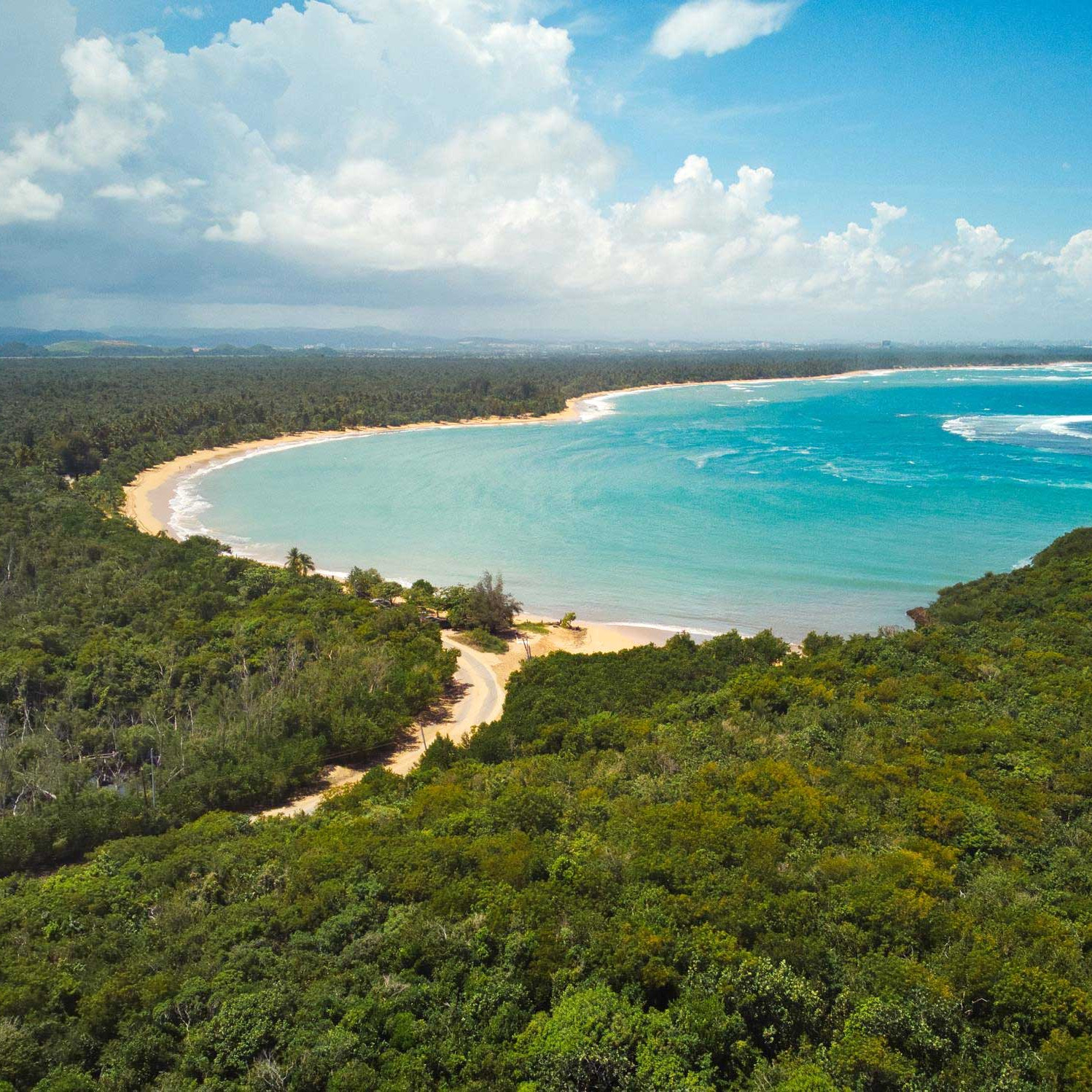15 Practical Tips for Visiting Puerto Rico
Puerto Rico offers an accessible Caribbean experience: a U.S. territory with tropical landscapes, historic towns, rainforests, and beaches. But while it shares some traits with the U.S., it also has distinct quirks and local norms that are helpful to know before you go. These tips aim to ground your expectations and help your trip run more smoothly — without overselling or glossing over real challenges.
1. Know your entry rules
Because Puerto Rico is a U.S. territory, U.S. citizens do not need a passport or visa to travel there — flights from the U.S. are treated much like domestic travel. However, non-U.S. travelers should verify visa requirements ahead of time, especially if coming from outside the Visa Waiver Program.
Also note: there is an 11.5% sales tax on goods and services, which can add up to final costs.
2. Rent a car (for much of the island)
Public transportation is limited, especially outside the San Juan metro area. To reach rural sites, beaches, and mountainous interior areas, a car is almost essential.
Be aware of toll roads and automatic toll systems — some rentals include a transponder, others charge extra. That said, in dense urban zones traffic can be heavy and parking scarce. Plan accordingly and don’t expect a perfect driving experience everywhere.

3. Don’t try to “do everything”
Puerto Rico is only about 100 miles long, but its terrain is rugged and travel between regions can take time. Trying to see coast-to-coast plus the mountains in one short trip can lead to exhaustion and disappointment. It’s better to pick a region or two (e.g. north coast + interior, or east side + islands) and explore them deeply.
4. Mind the climate, weather, and seasons
The island has a tropical climate, with daily averages around 80 °F (27 °C). However, rainfall patterns matter: the hurricane season runs June through November, with higher chances of storms and downpours. The period between April and June often offers a balance of good weather and fewer crowds.
Pack light, breathable clothing, good rain gear (a compact umbrella or rain jacket), and insect repellent. Trails, roads, or forested areas may become muddy or slippery after rain.
5. Language flexibility but local courtesy
Spanish is the dominant language. In tourist zones and cities, many people speak English, but outside those areas fewer people may do so. Learning a few basic Spanish phrases (greetings, “please,” “thank you,” “Do you speak English?”) can go a long way toward goodwill.
Be polite and patient if communication gets tricky — locals generally appreciate the effort.
6. Cash, cards, and local payments
Since Puerto Rico uses the U.S. dollar, you won’t need to deal with currency exchange. Many places accept credit and debit cards, but smaller shops, roadside kiosks, remote areas, or local vendors may only take cash. It’s wise to carry small bills.
Also note: in some gas stations you must go inside to pay (not at the pump).
7. Safety: normal precautions, smart choices
Overall, Puerto Rico is similar in safety to many U.S. destinations, but like anywhere, you should stay alert and avoid risky areas (especially after dark). Don’t flash valuables, use hotel safes, and stay in well-trafficked areas. Avoid walking alone late at night in unfamiliar or poorly lit neighborhoods.
In more remote or rural areas, cell reception may drop, so have offline maps or a backup plan.
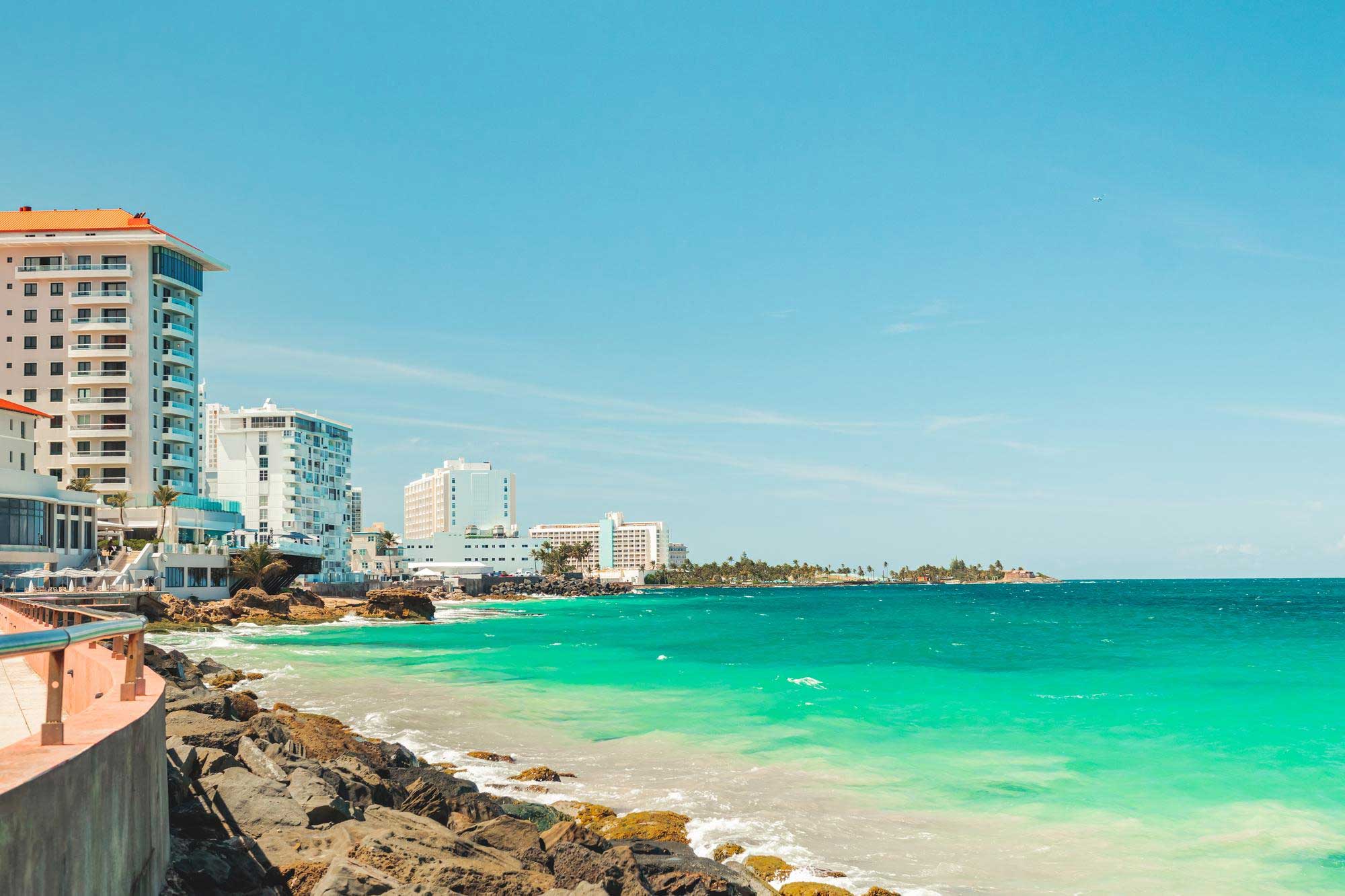
8. Be careful about roads and driving
Outside major highways, roads can be narrow, winding, poorly signed, or damaged. Watch for local driving behaviors (e.g. sudden turns, vehicles creeping out into the roadway) and use caution especially at night or in rain. One traveler noted that drivers sometimes run red lights late at night — be vigilant.
GPS helps, but in more remote zones maps may not always match conditions. Drive conservatively.
9. Plan in advance for tours and island excursions
If you plan to visit Bioluminescent Bays, caves, or book snorkel/boat tours (especially to Vieques or Culebra), book ahead whenever possible. Some ferry schedules are limited, and tours often sell out.
Check local schedules (they may change seasonally) and allow buffer time for delays or cancellations.
10. Respect local norms & dress codes
Puerto Ricans tend to dress more formally than what tourists may expect in tropical settings. In towns, shopping centers, and churches, flip-flops, rash guards, or beachwear may feel out of place. Especially in historic and religious sites, dress modestly (covered shoulders, pants or skirts past the knee).
At the beach, casual wear is fine — just don’t expect it to be appropriate everywhere.
11. Time-“island time” & service patience
Life on Puerto Rico flows at a more relaxed pace in many areas. Service in restaurants or shops may take longer than you’d expect, especially in non-tourist zones. Don’t rush or micromanage; go with a more flexible mindset.
Also, some businesses open late or close midafternoon; always check hours ahead, especially in rural areas.
12. Use local food, culture, and experiences
One of Puerto Rico’s strengths is cultural richness. Try local restaurants and kiosks serving traditional foods like mofongo, arroz con gandules, tostones, lechón, bacalaitos, etc.
Participate in local customs or music when possible. Engaging respectfully with the culture (rather than just consuming it) leads to more meaningful travel.
13. Be weather-aware and flexible
Because of the tropical climate, sudden rainstorms are common. Build flexibility into your daily itinerary — consider indoor alternatives or buffer days. Monitor forecasts and local advisories, especially during hurricane season.
If storms or rough seas threaten coastal areas, have a backup plan to shift inland or postpone.
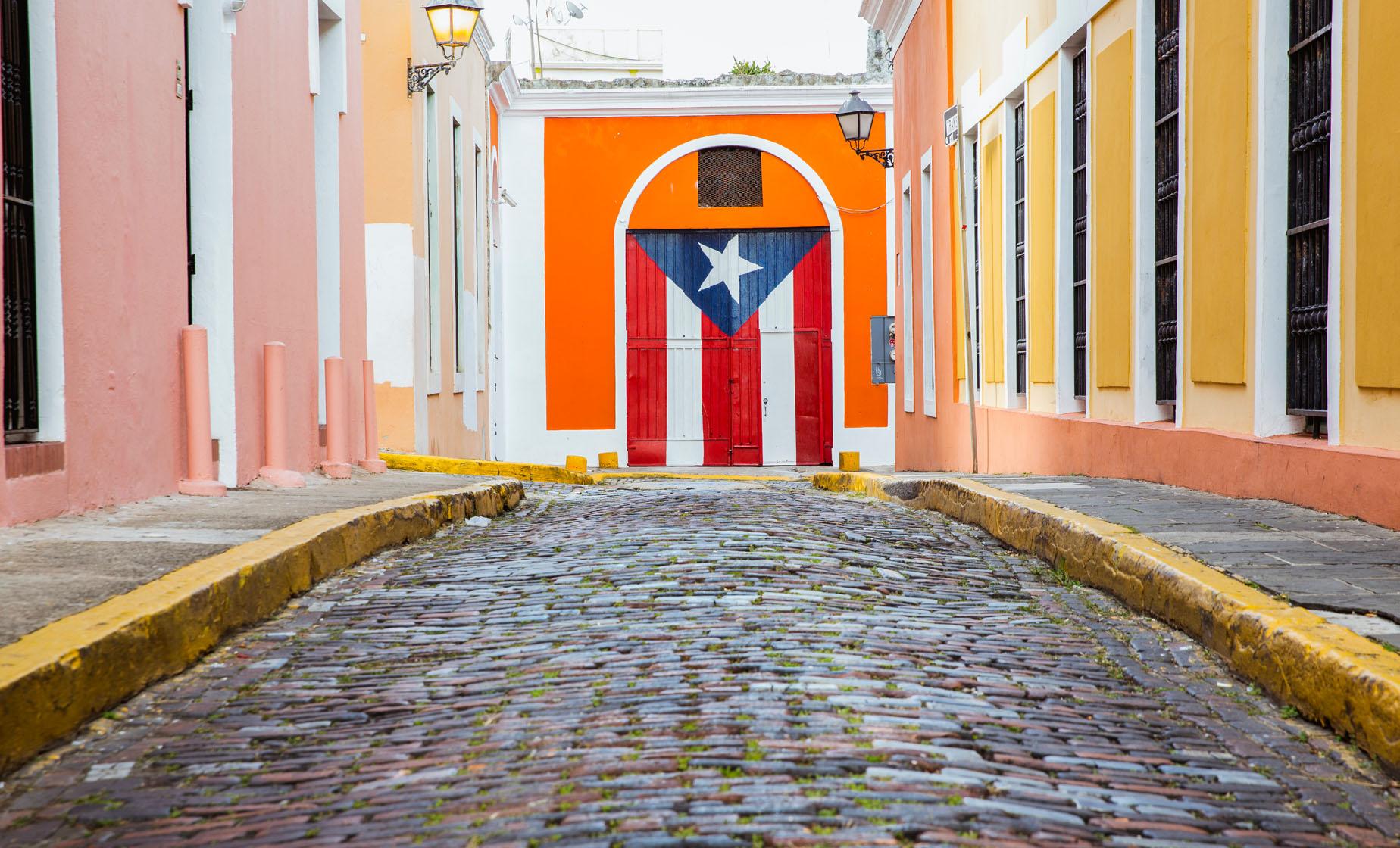
14. Mind health & insects
Mosquitoes and insects are more active in humid and forested zones. Use insect repellent and, for hikes or evening walks, consider long sleeves. In recent years, dengue outbreaks have occurred in Puerto Rico, so avoid mosquito bites when possible.
Tap water in many places is safe, but in remote areas or older infrastructure zones you may prefer bottled water. Just check local practices and your lodging.
15. Be respectful & conscious of local challenges
Puerto Rico has faced economic and infrastructure challenges, including hurricanes and power outages. As a visitor, being patient, considerate, and supportive (through respecting rules, tipping fairly, and using local services) helps. Avoid wasteful behavior, respect natural spaces, and support local businesses when possible.
Things to do in Puerto Rico
Are you ready to start discovering Puerto Rico?
If you prefer organized experiences, tours can be a good way to explore Puerto Rico and beyond without handling logistics. This is the list of our recommended tours
Latest stories from Puerto Rico
Tipping in the Puerto Rico: A Traveler’s Guide
October 9, 2025
Learn the tipping customs in Puerto Rico — from restaurants and hotels to taxis, tours, and more. Find out when gratuity is included...
12 Things You Probably Didn’t Know About Puerto Rico
October 1, 2025
Best Things to Do in San Juan, Puerto Rico
September 30, 2025
What to Wear in Puerto Rico: A Practical Packing Guide
September 24, 2025


